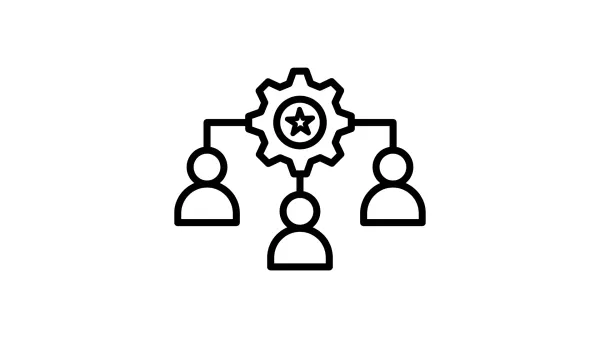Web Server Load Balancers: The Secrets Providers Hide
Uncover the hidden truths about load balancers. Learn how they work, the challenges they bring, and what hosting providers won't tell you.

Table of Contents
If you’ve ever wondered how high-traffic websites stay online without a hitch, load balancers are the behind-the-scenes MVPs. They distribute incoming traffic across multiple servers, ensuring smooth performance even during traffic surges. But here’s the catch: hosting providers often skip over the full story. From hidden fees to performance pitfalls, there’s more to load balancers than meets the eye. Let’s decode what hosting companies don’t want you to know.
What is a Load Balancer?
At its core, a load balancer splits traffic among servers to prevent overload and downtime. Think of it as a traffic cop directing vehicles across multiple lanes to avoid congestion. But unlike traffic cops, load balancers come with their own quirks and hidden challenges.
The Glossy Marketing vs. Reality
Hosting providers paint load balancers as a simple plug-and-play solution, but that’s not the whole truth.
1. They’re Not Set-and-Forget Tools
Load balancers require thoughtful configuration to work well. Without proper setup, they might route traffic inefficiently or even send users to downed servers.
2. “Unlimited” Scalability is a Myth
Yes, load balancers help with scaling, but they aren’t magic. If your backend servers are underpowered or poorly configured, a load balancer won’t save you from performance issues.
3. Hidden Fees Lurk Everywhere
From advanced features like geographic routing to SSL termination, hosting providers often tack on extra charges. These fees add up fast.
4. Maintenance Downtime
Load balancers themselves need maintenance and updates. During this time, traffic distribution might be affected, but providers rarely advertise this.
How Load Balancers Work
Load balancers use algorithms to decide where to send incoming requests. Here’s a quick look:
- Round Robin: Traffic is sent to each server in turn, ensuring an even distribution.
- Least Connections: Directs traffic to the server with the fewest active connections.
- IP Hash: Routes traffic based on a user’s IP address, ideal for maintaining session consistency.
Hidden Truths About Load Balancers
- Health Checks Are on You
- Without proper configuration, a load balancer may send users to a downed or struggling server. Providers often leave this setup to you.
- Performance Isn’t Always Guaranteed
- Load balancers don’t fix server-side issues like slow databases or poor caching.
- Latency Can Add Up
- If poorly configured, load balancers can introduce slight delays, especially in global setups.
How to Choose the Right Load Balancer
- Understand Your Needs
- Do you need basic traffic distribution or advanced features like DDoS protection?
- Budget Wisely
- Hidden costs can sneak up on you, especially with cloud-based options.
- Look for Documentation
- Providers offering clear, detailed guides are less likely to hide crucial details.
- Test Before Committing
- Always test performance under load to ensure the setup meets your needs.
Conclusion
Load balancers are essential for websites that demand reliability and scalability, but they’re not the effortless solution providers might have you believe. By asking the right questions and understanding the limitations, you can avoid pitfalls and make the most of your investment. Don’t let flashy marketing sway you—dig deeper, optimize smarter, and take full control of your web server setup.
FAQs
What is a load balancer, and why is it important?
A load balancer distributes incoming traffic across multiple servers, improving performance and preventing overload.
How do load balancers work?
They use algorithms like round-robin, least connections, or IP hashing to decide which server handles each request.
What are the hidden costs of using a load balancer?
Advanced features like SSL termination, geographic routing, and DDoS protection often come with extra fees.
Can a load balancer eliminate server downtime?
While they reduce downtime risks, they can’t prevent issues caused by poorly configured or underperforming backend servers.
What are common challenges with load balancers?
Issues include maintenance downtime, health check setup, and added latency if misconfigured.



